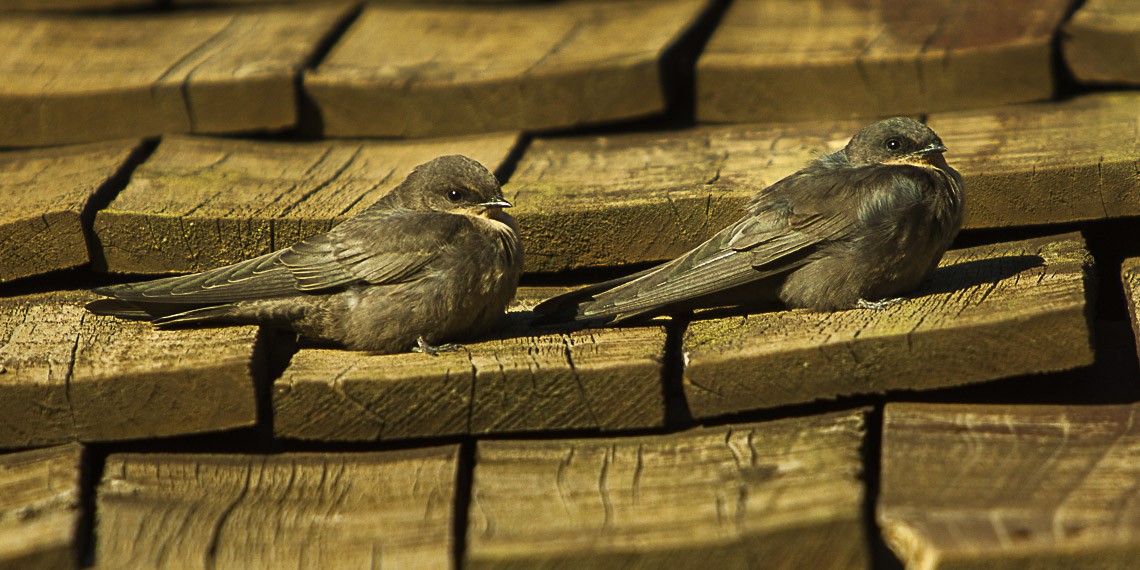Rock Martin
A species of Crag Martins, Also known as Red-throated Rock Martin Scientific name : Ptyonoprogne fuligula Genus : Crag Martins
Rock Martin, A species of Crag Martins
Also known as:
Red-throated Rock Martin
Botanical name: Ptyonoprogne fuligula
Genus: Crag Martins
Content
Description People often ask General Info
 Photo By Francesco Veronesi , used under CC-BY-SA-2.0 /Cropped and compressed from original
Photo By Francesco Veronesi , used under CC-BY-SA-2.0 /Cropped and compressed from original Description
The rock martin of the nominate subspecies P. f. fuligula is 12–15 cm (4.7–5.9 in) long with earth-brown upperparts and a short square tail that has small white patches near the tips of all but the central and outermost pairs of feathers. It has a cinnamon chin, throat, upper breast and underwing coverts, with the rest of the underparts being a similar brown to the upperparts. The eyes are brown, the small bill is mainly black, and the legs are brownish-pink. The sexes are similar in appearance, but juveniles have pale edges to the upperparts and flight feathers. The other subspecies differ from the nominate form as detailed above. The rock martin's flight is slow, with rapid wing beats interspersed with flat-winged glides, and it is more acrobatic than the larger Eurasian crag martin. It is a quiet bird; the song is a muffled twitter, and other calls include a trrt resembling the call of the common house martin, a nasal vick, and a high pitched twee contact call. The rock martin is much drabber than most African swallows, and confusion is unlikely except with other crag martins or with sand martins of the genus Riparia. The pale crag martin is smaller, paler and greyer than its southern relative. Although only slightly larger than the sand martin and brown-throated sand martin, the rock martin is more robust, has white tail spots, and lacks a breast band. It is paler on the throat, breast and underwings than the all-dark form of the brown-throated sand martin. 
Size
16 cm
Colors
Brown
Black
Gray
White
Nest Placement
Cliff
Feeding Habits
Rock Martin primarily feeds on a variety of insects caught in flight, adapting to local abundance, and may gather in large groups to hunt at abundant food sources. Rock Martin exhibits high maneuverability for cliff-face hunting and feeding rates may vary with nestling numbers.
Habitat
Rock Martin primarily inhabits arid regions with readily available cliffs, gorges, and caves, ranging from lowlands to mountainous areas up to 4,000 meters above sea level. This adaptable species is also found in urban environments, utilizing buildings and other man-made structures as nesting sites. Although rock Martin predominantly favors dry habitats, including deserts, it can frequent pools, swamps, and lakes outside the breeding season. Its geographic distribution encompasses a variety of arid to semi-arid landscapes across broad geographical regions.
Dite type
Insectivorous
People often ask
General Info
Feeding Habits
Bird food type
Sounds
Call
Recording location: Namibia
Call
Recording location: Namibia
Distribution Area
The rock martin breeds in suitable habitat in Africa north to Nigeria, Chad and Ethiopia. It is largely resident apart from local movements or a descent to lower altitudes after breeding. This species has been recorded as a vagrant in Gabon, and its status in Congo is uncertain. The natural breeding habitat is hilly or mountainous country with cliffs, gorges and caves up to 3,700 m (12,000 ft) above sea level, but this martin also breeds in lowlands, especially if rocks or buildings are available, and may be found far from water. It readily uses man-made structures as a substitute for natural precipices. 
Species Status
Not globally threatened.
Scientific Classification
Phylum
Chordates Class
Birds Order
Perching birds Family
Swallows Genus
Crag Martins Species
Rock Martin